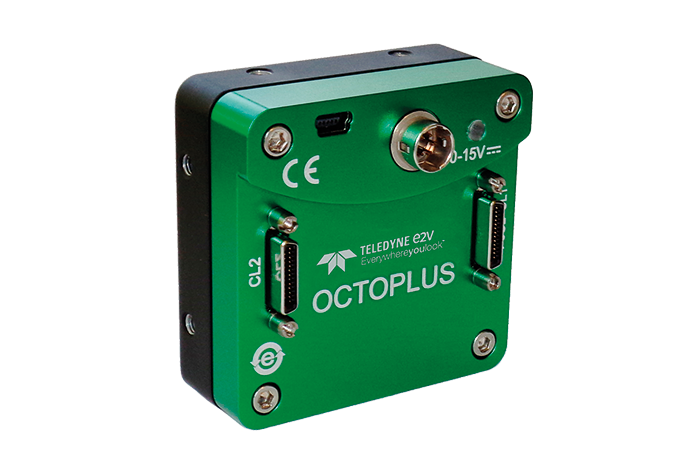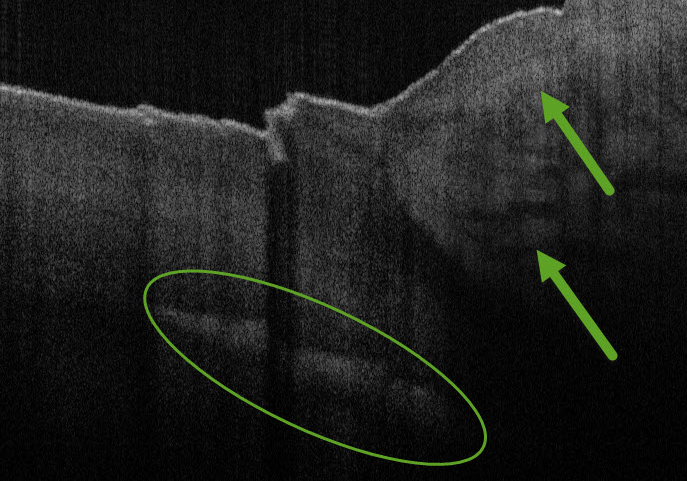OctoPlus
OctoPlus
Teledyne e2v spent 2 years developing a CMOS sensor specifically for OCT. This resulted in the launch of OctoPlus, which has a specially designed pixel architecture that improves sensitivity and reduces signal roll-off to improve image quality by several dB vs state-of-the-art CMOS cameras, especially in deep structures.
The intense research activity and broadened use of OCT for medical practices, has generated a number of new uses to improve patient care (e.g. functional imaging or large field of view imaging), which existing OCT CCD camera technologies are unable to address (in particular fast A-scan rates). With OctoPlus, Teledyne e2v brings a solution to future generations of OCT by providing a dedicated camera platform using CMOS technology to speed up image acquisition while also improving image quality.


Brochures